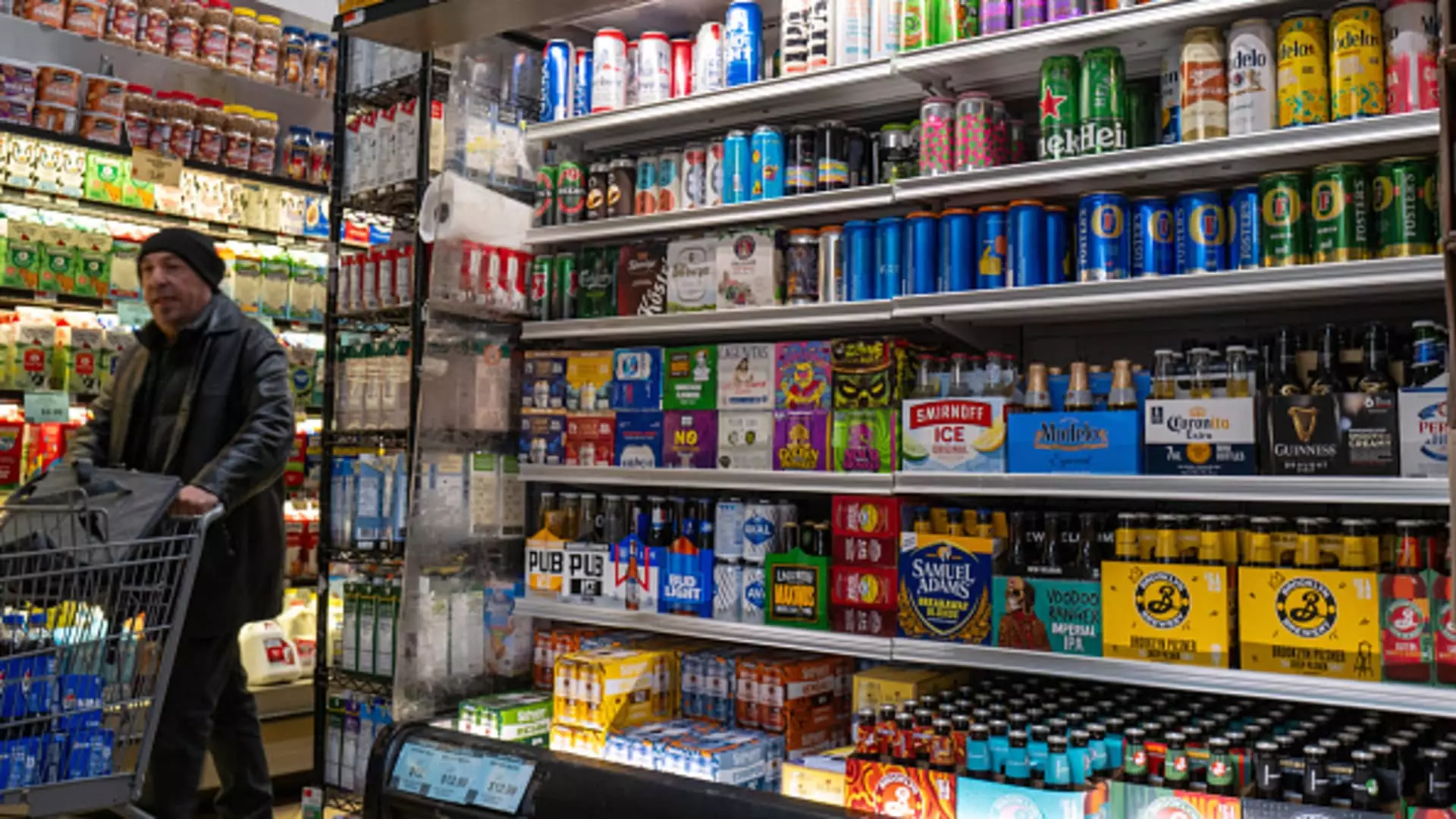In a recent advisory, U.S. Surgeon General Dr. Vivek Murthy spotlighted a crucial issue that warrants immediate public attention and policy reform: the alarming correlation between alcohol consumption and various types of cancer. This announcement underscores an urgent need for increased awareness and preventive measures, similar to those implemented for tobacco regulation. Faced with the reality that alcohol is the third leading preventable cause of cancer in the United States, the Surgeon General’s warning could potentially save lives by promoting informed choices.
Dr. Murthy’s advisory emphasizes that alcohol is indisputably linked to at least seven types of cancer, including breast, colorectal, esophageal, and liver cancers. Alarmingly, the increased risk of certain cancers begins with the consumption of just one standard drink per day. This statistic is particularly concerning, considering that around 72% of U.S. adults reported consuming alcohol weekly from 2019 to 2020. Despite this, less than half of these adults are aware of the cancer-related risks associated with their drinking habits. This knowledge gap represents a significant public health challenge that requires intervention.
In a proactive move towards combating alcohol-related cancers, the Surgeon General has called for specific policy changes. Among these proposals is the enhancement of alcohol labeling, making cancer risk warnings more prominent on beverage packages. Furthermore, it is essential to reevaluate current alcohol consumption guidelines to align with contemporary research findings. Education initiatives aimed at raising awareness about the deletion of cancerous risks due to alcohol could play a pivotal role in changing public perception and behavior towards drinking.
The approach outlined by Dr. Murthy mirrors strategies historically employed to curb tobacco use. Just as graphic warnings and health messaging have become mainstream in smoking regulations, similar strategies should be applied to alcohol. Legislation that mandates visible cancer-related warnings on alcoholic beverages could significantly alter consumer behavior, potentially leading to reduced alcohol consumption and, consequently, decreased cancer rates. Learning from the triumphs of tobacco regulation, society can harness similar educational and regulatory frameworks to combat the dangers of alcohol.
A deeper analysis of the statistics provided by the advisory paints a concerning picture of the alcohol-cancer relationship. Each year, alcohol is responsible for around 100,000 cancer cases and over 20,000 cancer-related deaths in the U.S. This stark figure surpasses the annual fatalities resulting from alcohol-related traffic accidents, emphasizing the magnitude of the issue. Globally, approximately 741,300 cancer cases were linked to alcohol consumption in 2020 alone, illustrating that this is not merely a localized problem but a worldwide public health crisis.
The Changing Attitudes Toward Alcohol Consumption
Interestingly, current trends among younger demographics show a significant shift in attitudes towards alcohol. A Gallup survey from August revealed that around two-thirds of adults aged 18 to 34 believe alcohol consumption adversely impacts health, in stark contrast to less than 40% of older age groups. This generational shift signals a potential cultural realignment towards healthier lifestyles and a departure from traditional drinking norms. As younger individuals increasingly gravitate towards nonalcoholic alternatives, there is a unique opportunity to reshape societal norms regarding alcohol consumption.
Dr. Vivek Murthy’s advisory acts as a crucial wakeup call, revealing the hidden dangers of alcohol that many Americans remain unaware of. It emphasizes not only the necessity for personal awareness regarding alcohol consumption and its risks but also highlights the imperative for systemic changes to reduce alcohol-related cancer. By following the model of tobacco regulation, society has the potential to foster a more informed, health-conscious environment, ultimately saving lives and alleviating the burden of alcohol-related diseases. As more people embrace healthier lifestyles, the hope is that the stigma of alcohol consumption becomes a thing of the past, paving the way for a healthier, cancer-free future.


Leave a Reply